Stroke Aftereffects (Cerebrovascular Disease)
Stroke Aftereffects (Cerebrovascular Disease)
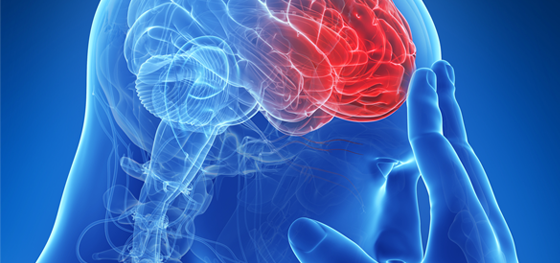
Stroke, a disease with various after-effects
Stroke(apoplexy) is a disease caused by clogged or bleeding blood vessels in the brain, leading to damaged brain tissues due to lack of blood supply in the brain. Symptoms of stroke are diverse, and depending on the severity and location of the brain’s blood vessel damage, they may lead to motor function disorder, walking disability, or cognitive impairment. After-effects such as stiff or deformed joints, or aspiration pneumonia may occur. Korean medicine to cure such after-effects can help to recover the muscles and nerves, to prevent deterioration, and to reduce pain. Early intensive care can minimize the impact of after-effects, improving the quality of life for the patient and furthermore, preventing relapses or other complications.
Causes
-
Family history of high blood pressure, hyperlipidemia, diabetes, stroke, cardiovascular diseases
-
Frequent drinking or smoking
-
Obesity(especially abdominal obesity) or lack of exercise
-
Frequent overworking, or high stress
Symptoms
- Weakened arm or leg on one side of the body (hemiparalysis)
- Unclear pronunciation or difficulty to speak, sometimes severe enough to not being able to communicate (dyslogia)
- Numb feeling in the face, or difficulty to make facial expressions
- Dizziness, or difficulty to balance one's body
- Overlapped, or foggy eyesight (Visual disturbance)
- Difficulty in using chopsticks
- Difficulty in swallowing food, or food frequently getting caught in one’s throat (dysphagia)
Treatments
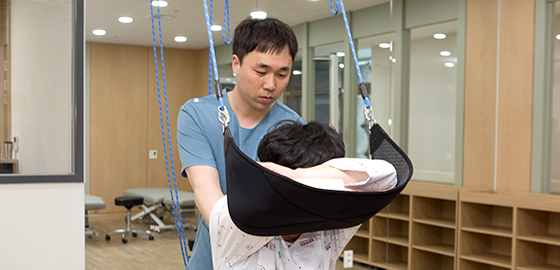
Manual Rehabilitation Therapy
Based on the prescription, physical therapists manually treat the spine, joints, muscles, and tendons to relax the stiff muscle, recovering and strengthening the paralyzed and weakened muscles. It is effective in reducing pain and recovering activity functions.
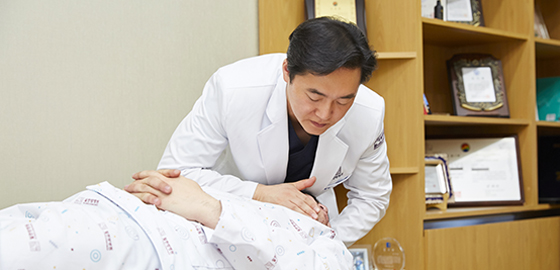
Chuna Manual Therapy
The chuna manual therapy adjusts the out-of-place joints and imbalance of the body, promoting the blood circulation and recovering the weakened muscles. Apart from musculoskeletal diseases, it is also highly effective in treating cerebral neuropathy such as stroke aftereffects.
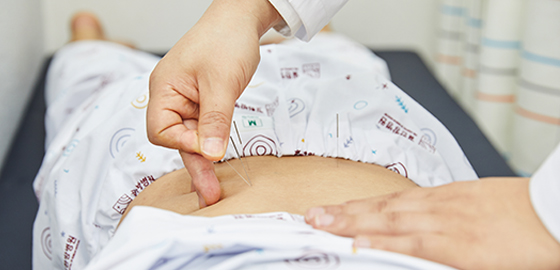
Acupuncture
The acupuncture promotes the meridian (Hyul) and the chi(Ki) circulation, activating the bodily metabolic process. Through acupunctural stimulation, the brain function is further activated to cure headaches, dizziness, or dyslogia. Also by stimulating the paralyzed muscles, it helps recovery by improving and stimulating blood flow.
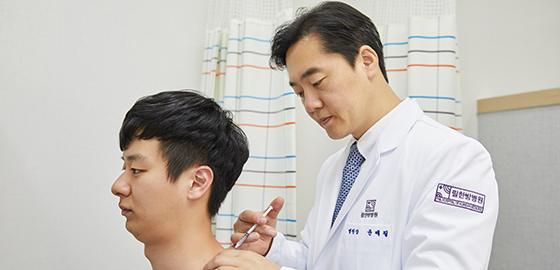
Medicinal∙Bee Venom Acupuncture
Herbal medicine is extracted and refined to be directly injected in the acupuncture points. Medicinal acupuncture takes quick effect even with small dosages. The effect can be further maximized when combined with acupuncture or herbal medicine.
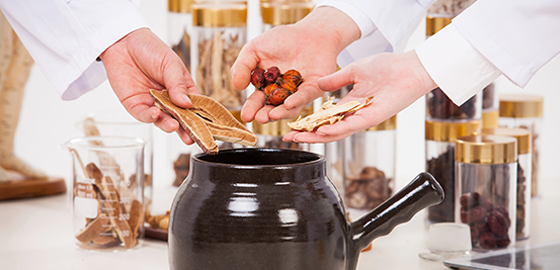
Herbal Medicine
Customized medicine is prescribed based on the patient’s constitution, causes of the disease, and symptoms in order to improve blood circulation and to recover the functions of paralyzed joints and muscles.
 KOR
KOR